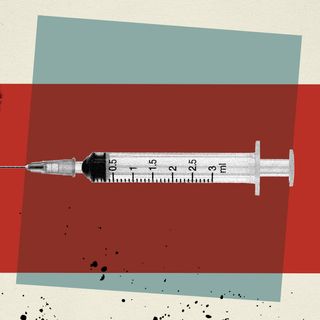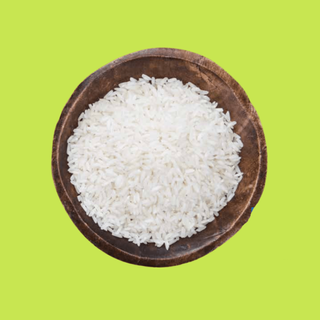Heart disease in one partner may predict heart disease in the other, suggests an analysis of more than 5,000 couples published in the medical journal JAMA. Shared lifestyles often mean shared risk factors for lifestyle diseases, the researchers observed.
“We expected to see some shared risk factors, but it was a surprise to see that the vast majority of couples were in a non-ideal category for overall cardiovascular health,” one of the study’s authors, Dr. Samia Mora, MHS, from the Divisions of Preventive Medicine and Cardiovascular Medicine at Brigham and Women’s Hospital, in the U.S., said in a statement.
The study authors advise, therefore, that people get checked for heart disease if their partner is diagnosed or is at high risk for heart disease. This is especially important for women, who are less likely than men to have their heart disease diagnosed and treated.
Related on The Swaddle:
Researchers evaluated couples for seven risk factors linked to heart disease — smoking, daily physical activity, diet, blood sugar level, body mass index, cholesterol, and blood pressure. They also monitored more than 2,000 of the 5,000 original couples over five years to record changes.
They discovered that almost 80% of the couples studied shared poor heart-health habits like consuming unhealthy diets and not exercising. Researchers also saw little change in couples’ behavior and heart health over five years.
However, the study found partnership can improve heart health as much as it might endanger it: if one person quit smoking, lost weight, and/or improved their diet, their partner was more likely to do so, too.
Though more research and trials are necessary to build a clear association, researchers say their findings could help design broader, more effective public health programs to combat heart disease. “Our data suggest that risk factors and behaviors track together for couples,” said Mora. “Rather than thinking about interventions for individuals, it may be helpful to think about interventions for couples or whole families.”




